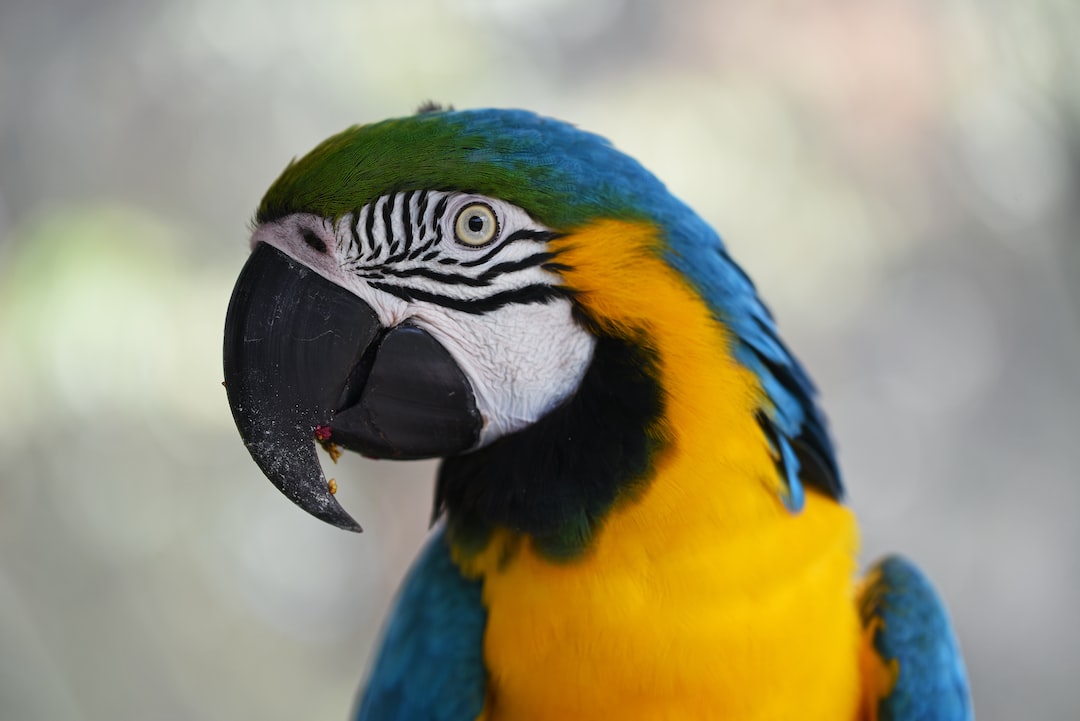Bird migration is one of the most fascinating spectacles in the animal kingdom. Every year, millions of birds embark on long and perilous journeys, traveling thousands of miles to reach their breeding or wintering grounds. It’s truly amazing how these feathered creatures possess the unique ability to navigate across vast distances, relying on their natural instincts and impressive skills. In this blog post, we will explore the incredible abilities of birds and how they navigate during their epic migrations.
One of the primary navigation tools birds rely on is their innate ability to sense the Earth’s magnetic field. It is believed that they have microscopic iron-containing particles in their beaks that act like compass needles, allowing them to detect magnetic fields and align themselves accurately. This ability is known as magnetoreception, and it helps birds maintain a specific heading during their long flights.
In addition to magnetoreception, birds also use visual cues to navigate. Many species have excellent eyesight, allowing them to see and remember landmarks along their migration route. They can spot geographic features, such as coastlines, rivers, mountains, and even buildings, from great heights. By memorizing these landmarks, birds can identify their current location and make adjustments to their flight path if necessary.
Another remarkable ability that enables birds to navigate long distances is their exceptional memory. Some birds, such as pigeons, are known for their homing instincts, which allow them to find their way back to their original location over vast distances. They create mental maps of their surroundings, memorizing specific landmarks and using visual cues to guide their way. This cognitive map assists them in retracing their steps accurately, even after extended periods of time or unfamiliar territories.
To supplement their navigational skills, birds also rely on the position of the sun and the stars. Using a built-in celestial compass, birds can sense the position of the sun and its movements throughout the day. This helps them determine their direction and maintain a steady course. At night, when the sun is not visible, birds utilize the stars as reference points. Their ability to navigate using celestial cues has been observed in various bird species, including migratory songbirds and waterfowl.
Furthermore, recent studies have shown that birds can also detect and navigate using infrasound. Infrasound refers to the low-frequency sound waves that are below the range of human hearing. It is generated by natural phenomena like wind, waves, and even some animal vocalizations. Birds can detect subtle changes in the infrasound produced by these phenomena and use it to orient themselves. This sense of infrasound navigation is particularly useful during long-distance flights over vast bodies of water, where visual cues may be scarce.
Although birds possess incredible navigational abilities, it’s important to note that they are not infallible. Factors such as weather conditions, habitat loss, and human interference can disrupt their migration patterns and lead to navigation errors. Many birds also rely on cultural transmission, where younger birds learn migration routes from experienced adults. Any disruption in this process can have severe consequences for the population as a whole.
In conclusion, the ability of birds to navigate long distances is truly awe-inspiring. From their magnetoreception and visual memory to their use of celestial cues and infrasound detection, these avian beings possess a remarkable set of skills that allows them to embark on their epic annual migrations. Studying and understanding these abilities not only contributes to our knowledge of these incredible creatures but also highlights the need to protect and conserve their habitats to ensure their continued survival.

